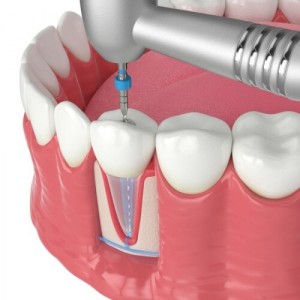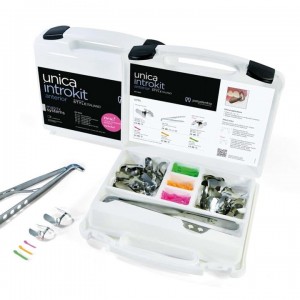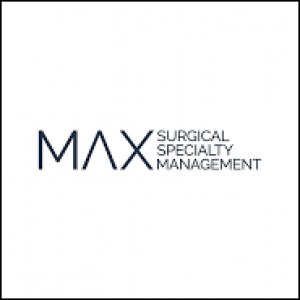
Odontogenic keratocysts: analysis of recurrence
Lara Figini
Odontogenic keratocyst (OKC), also known as keratoconus odontogenic tumor, is locally aggressive and frequently relapses, with most relapses occurring within 5 years of treatment. It originates from the epithelial tissue residues that participate in tooth formation (dental lamina). It can be uni- or multilocular, it has an invasive growth, and it tends to expand inside the bone tissue, inducing its reabsorption. If not diagnosed and treated it can lead to deformation of the affected bone and soft tissue, cause pain, tooth displacement, paresthesia and anesthesia due to nerve compression.
The treatment is mainly surgical, and involves the removal of the lesion, followed by a careful remote follow-up.
MATERIALS AND METHODS
The study published by Kinard et al. investigated the overall percentage of recurrence of odontogenic keratocysts 5 years after treatment and what factors were associated with their recurrence.This multicenter retrospective cohort study considered patients for the evaluation and management of OKC previously never treated for this issue. The predictive variables have been grouped into demographic, medical, radiographic and operational categories. The primary outcome variable was represented by the recurrence time of the lesion. Data analyzes were performed using bivariate analysis and univariate or multivariate Cox proportional risk models.
RESULTS
231 keratocysts (OKC) were analyzed. Of these, 57 (24.7%) were treated by decompression and residual cystectomy, 86 (37.2%) by enucleation without adjuvant therapy and 78 (33.8%) by enucleation with peripheral ostectomy.
44 relapses were recorded with an average recurrence time of 26.7 months.
CONCLUSIONS
From the data emerging from this study, which must be confirmed with other similar studies, it can be concluded that, using the appropriate time-to-event survival analysis, which also takes into account the cases lost to follow-up, 5 years after treatment of keratocysts has a cure rate without recurrence of 29%. Mandibular lesions, multilocular lesions and lesions treated by decompression and residual cystectomy were found to be more associated with recurrence.
For additional informations:
How well do we manage the odontogenic keratocyst? A multicenter study
 Related articles
Related articles
Implantology 02 October 2025
Proper implant treatment planning remains the first priority for implant success. Dental imaging is an important tool to accomplish this task.
Oral surgery 05 September 2025
Fentanyl, a short-acting synthetic opioid, has a pharmacokinetic profile suited to fast relief of brief episodic pain.
Oral surgery 22 August 2025
Thiel embalming technique: a valuable method for teaching oral surgery and implantology
Because of its high requirements on surgical experience and the need of complete understanding of the anatomy, oral surgery and especially implantology belong to the most demanding procedures in...
Proper use of oral electrosurgery permits rapid, full management of soft-tissue problems related to mouth preparation for fixed and removable prosthodontics.
Oral surgery 09 June 2025
The purpose of this study was to investigate the efficacy of fibrin sealant in patients on oral anticoagulant therapy undergoing oral surgery with varying degrees of surgical trauma and various...
 Read more
Read more
Digital Dentistry 15 October 2025
The Impact of Artificial Intelligence on Diagnostic Accuracy and Treatment Planning in Dentistry
The use of AI in dentistry is revolutionizing the field of dentistry by enhancing the accuracy of diagnosis and treatment.
Editorials 15 October 2025
The University of Florida College of Dentistry is kicking off National Postdoc Appreciation Week by celebrating a national feature that highlights the success of its own investment in postdoctoral...
Products 15 October 2025
Directa USA, the North American subsidiary of Directa Dental Group, a renowned Swedish dental manufacturing company, is proud to announce the launch of.
News 15 October 2025
MAX Surgical Specialty Management (MAX), the leading surgeon-led platform for oral and maxillofacial surgery (OMS) in the Northeast, today announced its expansion into.
News 15 October 2025
Samia Family Dentistry of Garner is proud to give back to those who have served our country by hosting a Free Dental Care.















